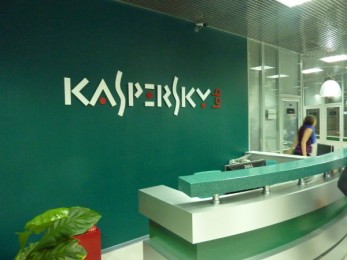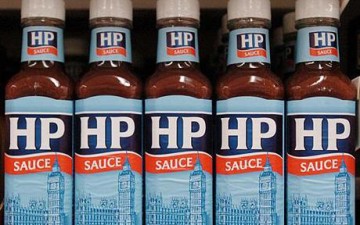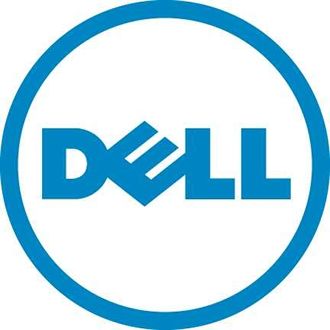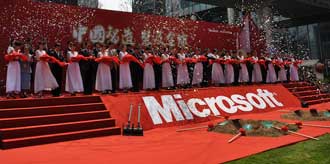 The UK government claims that its G-Cloud procurement makeover in the new year, will “revolutionise” the way suppliers work with the public sector.
The UK government claims that its G-Cloud procurement makeover in the new year, will “revolutionise” the way suppliers work with the public sector.
The government is trying to make procurement simpler for buyers and suppliers and is testing it on its Digital Outcomes and Specialists (DOS) framework.
“Plain English” standards were applied to the DOS tendering process, which the government claims it has vastly simplified.
Writing in its bog the government said: “For the redesigned framework, we’ve reduced the length of the documentation significantly. The new documentation includes six tender documents rather than the 11 we had for Digital Services 2.
“The DOS tender pack, which includes the contracts, has around 50 per cent fewer words than the Digital Services 2 tender pack. It’s also 123 pages shorter. If the average adult reading speed is around 250 words per minute, the old documentation would have taken around nine hours to read, and that’s assuming a reader understands everything on a single read-through. We estimate that the new DOS documents will take around three-and-a-half hours to read.”
G-Cloud – which shares a place in the Digital Marketplace alongside the DOS framework – is next in line to get a procurement makeover.
The blog said that in 2016, the government will work in a similar way for the next iteration of G-Cloud (G-Cloud 8) as well as for any new or redesigned frameworks coming onto the Digital Marketplace in the future.
“We think that meeting user needs is important for all government procurement, not just for digital and technology services. We want to share our approach and the lessons we’ve learnt from delivering DOS for the Digital Marketplace.”



















